Low-Level Light Therapy
Low-Level Light Therapy
Low-Level Light Therapy , or photobiomodulation, uses specific wavelengths of light to treat various conditions. This non-invasive therapy helps improve skin health, reduce pain, and support healing by stimulating cellular processes. By applying light to the skin, LLLT can aid in treating acne, wounds, and arthritis, offering therapeutic benefits with minimal side effects. Its ongoing research and growing popularity highlight its potential as a valuable treatment option in modern medicine.
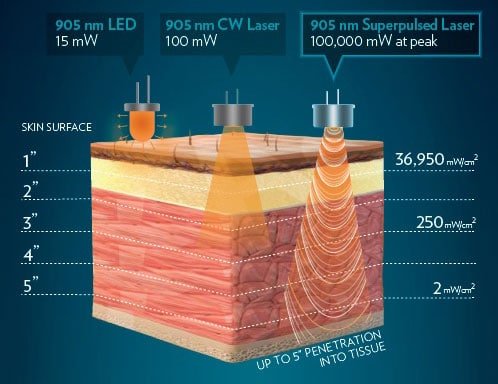
What is LED– Low-Level Light Therapy?
What is LED– Low-Level Light Therapy?
low-level light therapy (LLLT) uses low-intensity light-emitting diodes (LEDs). Australian scientists are said to have pointed out that it is versatile because it does not involve the application of lasers or other intense sources of light like most light therapies; hence, it has a wide range of applications across different medical, cosmetic, and therapeutic procedures.
How Does LED–Low–Level Light Therapy Work?
The best-known form of LLLT works through the tissue absorption of particular wavelengths of light. These wavelengths are generally red and near infrared and it has been found that they can pass through the skin and be taken up by the mitochondria of a cell. This absorption in turn produces a range of biological effects: ATP generation; reduced oxidative stress and improved cell repair.
Benefits of LED – Low-Level Light Therapy
Benefits of LED – Low-Level Light Therapy
Skin Rejuvenation: There are numerous advantages of LLLT for the skin, among which are the increase in collagen formation, elimination of wrinkles, and enhancement of skin tone. It is commonly applied in anti-aging procedures to give the skin firmness and glow of fresh-born skin.
Pain Management: Since LLLT has anti-inflammatory and cell-repairing properties, it can relieve chronic pains like arthritis, and joint, and muscle pain.
Hair Growth Stimulation: cancer patients undergoing LLLT have revealed encouraging effects in encouraging the regeneration of hair follicles and hence hair regrowth hence being used for hair loss patients.
Wound Healing and Tissue Repair: The therapy promotes the fast healing of the wound by improving the blood circulation and formation of tissue. It is effective in patients who have undergone surgery or have injuries.
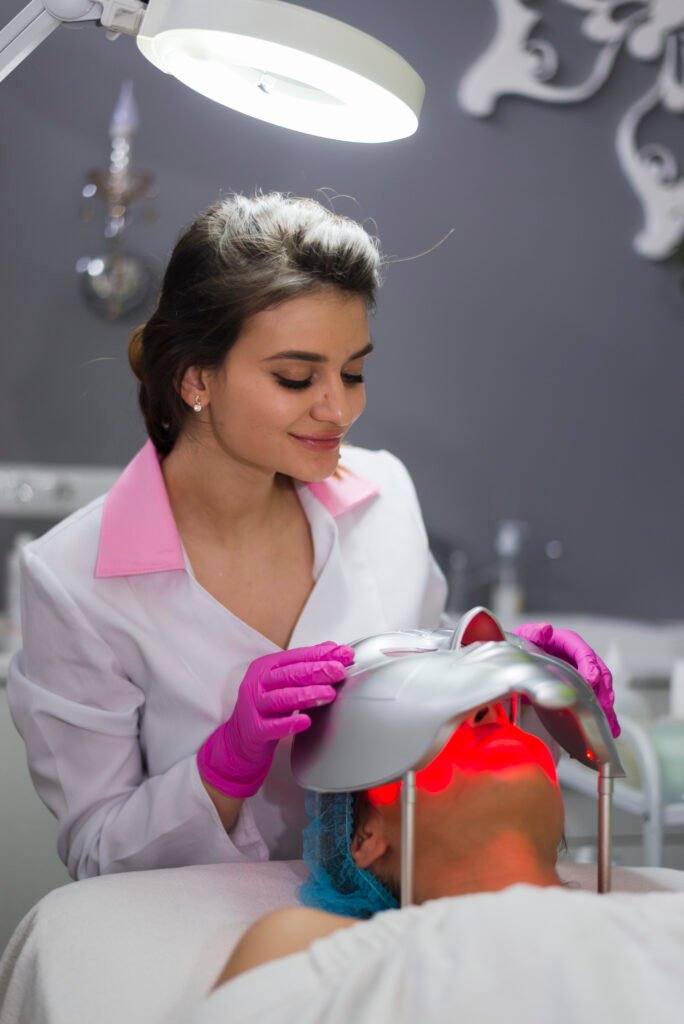
Applications of LED – Low-Level Light Therapy
Medical Applications: It is well established that LLLT can be employed in the treatment of different effective medical conditions like pains, inflammation, and tissue damage. It is also used in the rehabilitation of patients to reduce the time taken to recover.
Cosmetic Applications: In the beauty industry, LLLT is applied for skin, acne treatment, and improvement and hair growth. That means its application is more convenient for audiences who don’t want to go under the knife but would still like a change.
Therapeutic Uses: This welfare application is used by therapists and practitioners in arthritis, tendonitis, and other Musculoskeletal diseases. It is also in sports medication that entails recovery and enhancement of performance.
Applications of LED – Low-Level Light Therapy
Medical Applications: It is well established that LLLT can be employed in the treatment of different effective medical conditions like pains, inflammation, and tissue damage. It is also used in the rehabilitation of patients to reduce the time taken to recover.
Cosmetic Applications: In the beauty industry, LLLT is applied for skin, acne treatment, and improvement and hair growth. That means its application is more convenient for audiences who don’t want to go under the knife but would still like a change.
Therapeutic Uses: This welfare application is used by therapists and practitioners in arthritis, tendonitis, and other Musculoskeletal diseases. It is also in sports medication that entails recovery and enhancement of performance.
Different Types of LED – Low-Level Light Therapy Devices
Handheld Devices: These are compact and flexible, enabling the user to have the LLLT treatment at home. It is most effective in solving the problem of the combined treatment of small areas of the body.
In-Clinic Devices: In the beauty industry, LLLT is applied for skin, acne treatment, and improvement and hair growth. That means its application is more convenient for audiences who don’t want to go under the knife but would still like a change.
Home-Use Devices: This welfare application is used by therapists and practitioners in arthritis, tendonitis, and other Musculoskeletal diseases. It is also in sports medication that entails recovery and enhancement of performance.
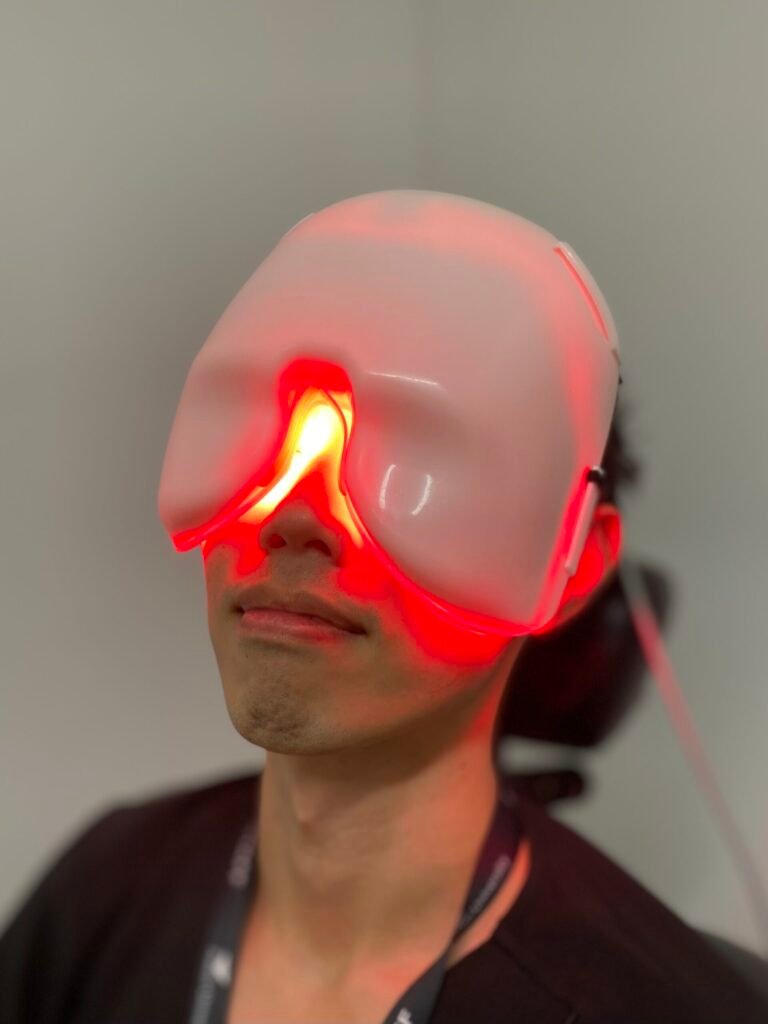
Understanding the Science Behind LLLT
Photobiomodulation Explained: These are compact and flexible, enabling the user to have the LLLT treatment at home. It is most effective in solving the problem of the combined treatment of small areas of the body.
Research and Studies Supporting LLLT: These are more powerful and are used by professionals for beautifying the skin in medical or cosmetic clinics. They can work with a wider coverage and provide more rigorous therapies.
Who Can Benefit from LED-Level Light Therapy?
Ideal Candidates for LLLT: Intended for home use, these devices are ideal for anyone who would like to benefit from LLLT, but do not have time or money to do it in a clinic.
Precautions and Contraindications: This is the mechanism by which LLLT operates is known as photobiomodulation. Formerly it meant the reflection of photons in cells that result in numerous biological effects desirable for tissue repair, anti-inflammation, and improved cell function aliveness.
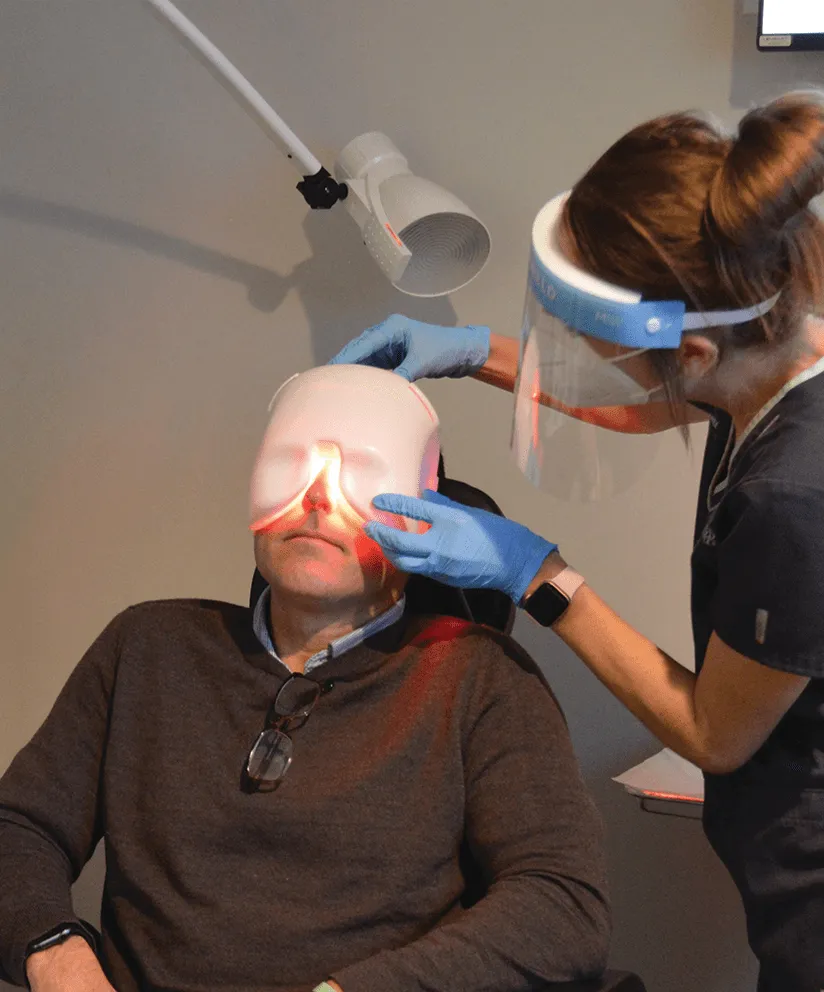
How to Use LED – Low-Level Light Therapy Safely
Guidelines for Safe Usage: Based on the manufacturer’s guidelines and to avoid overexposure to the light source, LLLT shall be very effective. The device should be used for minutes as a session and it should be held at the right distance from the skin.
Possible Side Effects and How to Avoid Them: Some consequences are possible, and they include skin redness and itching that will disappear after several hours or days. These can be controlled by ensuring that one only uses the device as advised and can even start with shorter sessions.
Comparing LED – Low-Level Light Therapy with Other Treatments
LLLT vs. Laser Therapy: Although both LLLT and laser therapy work with light to excite cell functions, the first type is regarded as safer and easier to obtain because LLLT uses low intensity of light that does not harm the tissue.
LLLT vs. Other Forms of Light Therapy: Compared to the other light therapies, LLLT seems not to cause the same level of invasiveness or side effects thus being recommended by most patients.
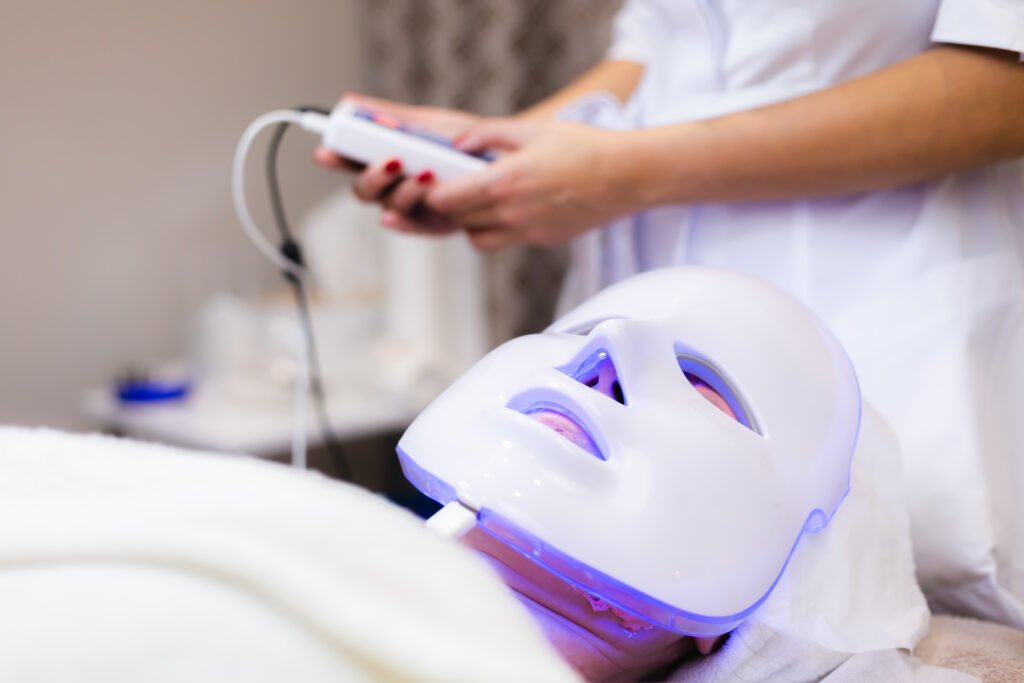
Frequently Asked Questions (FAQ)
Frequently Asked Questions (FAQ)
How often should you use LLLT?
The frequency of LLLT sessions depends on the condition being treated. For skin rejuvenation, sessions may be done a few times a week, while pain management might require more frequent sessions.
Can LLLT be combined with other treatments?
Yes, LLLT can often be used in conjunction with other therapies, such as physical therapy or skincare routines, to enhance results.
Is LLLT safe for everyone?
While LLLT is safe for most people, it is important to consult with a healthcare provider if you have underlying health conditions or are taking medications that may interact with light therapy.
Conclusion
LED – Low-Level Light Therapy (LLLT) is an interesting and multi-faceted procedure with many advantages and applications, including improving skin condition and treating the following conditions: Chronic pain and hair regeneration are some of the conditions that form the basis of chronic pain and hair regrowth research. As the number of studies as well as preliminary case reports is growing disproportionately, it is possible to conclude that LLLT can be considered as a rather safe, effective nonpharmacological, and noninvasive treatment for a great number of diseases. This young field of medicine options a bright future as technology is to increase its apposite usage in LLLT. In its capacity as a health care tool

We, at Ryan Clinic strive to treat each and every skin and hair related issue in the best and simplest possible manner. Our 90% treatments are prescription based where no procedure is required.
